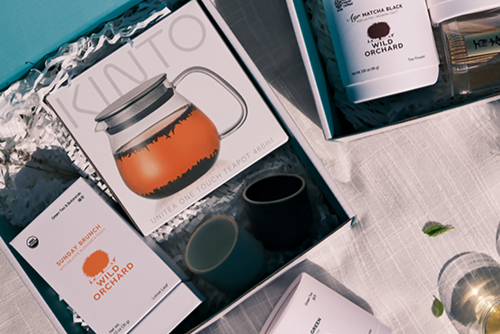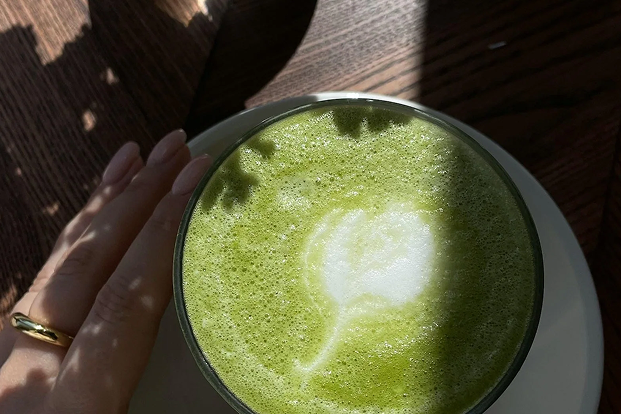Are All Teas Green Teas?
Did you know most non-herbal teas, like black tea or white tea, are actually green tea (Camellia sinensis)?
The degree of oxidation [we should probably use the word oxidation for our Red Tea description, as it is different from fermentation] determines the type of tea. Green tea is not oxidized at all but steam-rolled as soon as it is harvested (need clarification on the exact process here), while black tea (aka Wild Orchard Red Tea) is fully fermented, causing the leaves to turn black, and oolong is only partially fermented. The varying degrees of oxidation creates very different flavors and nutrient contents of tea, green tea containing the highest antioxidant levels (?) though all teas of Camellia sinensis leaves are rich in antioxidants.
What is green tea?
"Green tea" refers to both the grassy-tasting tea that you steep and drink called green tea, as well as the actual plant from which it comes (not to be confused with Tea Tree, which is Melaleuca alternifolia). The scientific name of the green tea plant is Camellia sinensis. It is the same plant that most non-herbal teas come from. Green tea originated in China and is largely grown throughout East Asia, mainly China, Japan and Korea. It is harvested during the spring months, sometimes into summer. While green tea has been consumed in the Far East for many thousands of years, it has only begun to gain attention and popularity in the West in the past few years.
What is matcha?
Matcha is green tea powder made of ground green tea leaves that were grown shaded in order to create a specific flavor and bright green color (the decrease in sunlight causes an overproduction of chlorophyll). It is de-stemmed and de-veined before grinding, giving it its extra-fine texture.
Wild Orchard's green tea powder is not called matcha because it is made of green tea leaves grown in full sun without any shading, and harvested in late spring. Is it also not deveined, thus contains all parts of the leaf. While it has a much more astringent and herby flavor than matcha and lacks the bright green color, it is extremely nutrient-dense because it contains the whole leaf.
Why Drink Matcha vs. Green Tea
Other than taste preference, the whole green tea leaf contains about 100x (sometimes even more!) the nutrients of steeped green tea. Learn more here.
Other topics:
-Doesn't Green Tea contain a lot of caffeine?
-Is Green Tea Healthier than coffee?
-Can kids have green tea?
-Can pregnant women have green tea?
-How do I choose the right / best green tea?
-What's the difference between Early Spring, Mid Spring, Late Spring?
Other topics:
-Doesn't Green Tea contain a lot of caffeine?
-Is Green Tea Healthier than coffee?
-Can kids have green tea?
-Can pregnant women have green tea?
-How do I choose the right / best green tea?
-What's the difference between Early Spring, Mid Spring, Late Spring?



